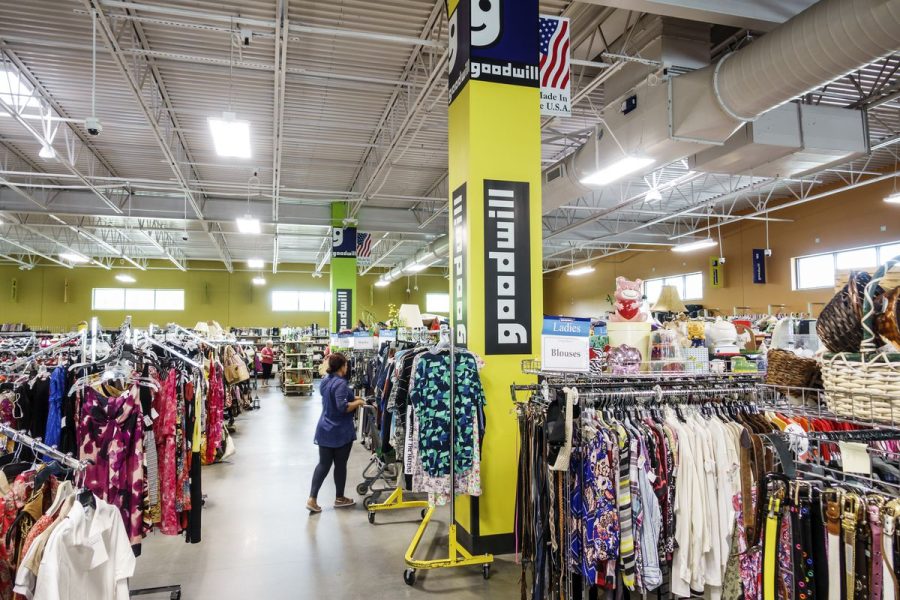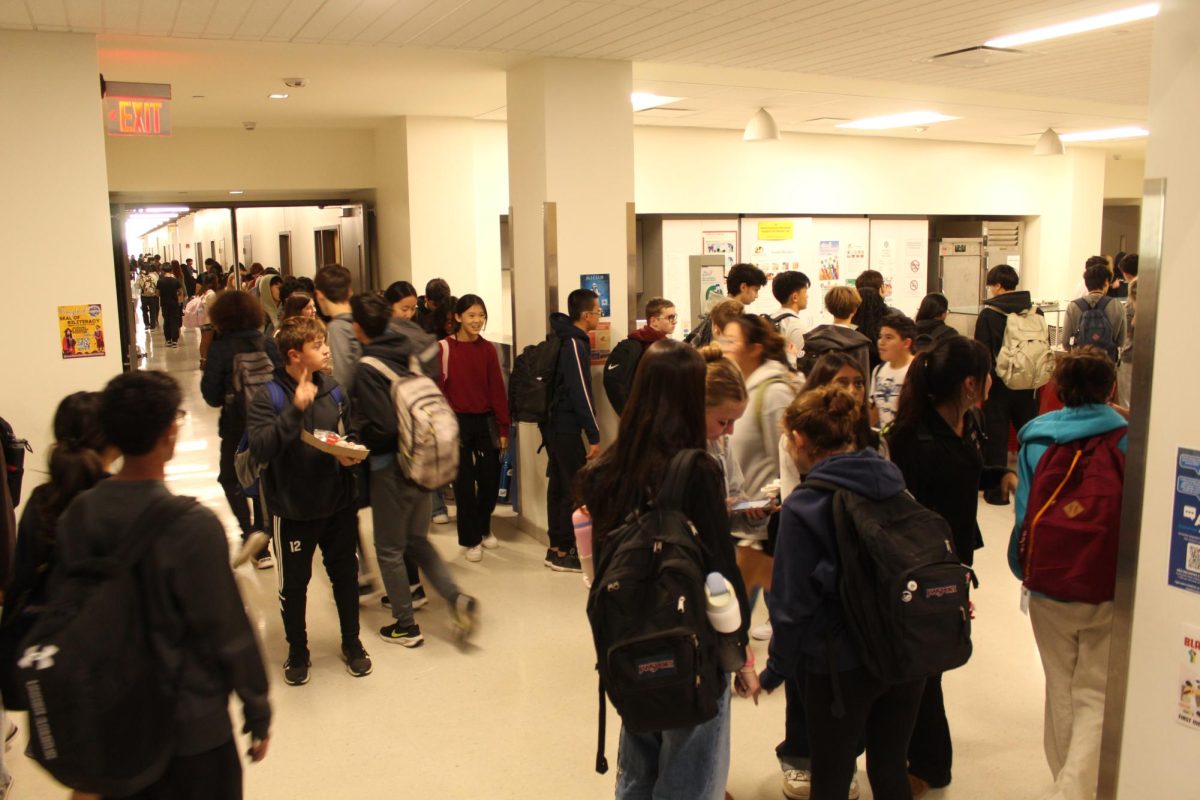Throughout the month of Sep, 2023, the successive Milan, Paris, London, and New York fashion weeks exhibited not only the new creative direction of garments that foretells the trends for the 2023 winter season, but also presented a new demographic of inclusive and representative models and styles on the runway.
In regards to racial or ethnic inclusivity, many designers that received spotlight at New York, London, and Paris Fashion week exhibited cultural garments and designs with patterns, colors, and details reminiscent of their ethnicity. Non-profit organizations and independent corporations have championed minority designs to foster inclusivity at the administrative level, showcase the perspectives of minorities, and reflect the diversity of the audience and consumers of fashion. Such shows as the The Runway of Dreams Show, a public charity, were held in an attempt to dissolve the restrictions around fashion and welcome individuals with disabilities. Companies also hosted minority designers such as Busayo Olupona, a lawyer turned designer, who founded the brand Busayo to inspire women to be confident in their identity through fashion through displaying garments using a Nigerian dye technique for the fabrics pigment.
Fashion week has seen an increase in gender-neutral fashion which reflects the increasing willingness of consumers to purchase clothes that stray from their gender orientation. According to the Indian Institute of Art and Design, gender-neutral clothing, “… is projected to experience a compound annual growth rate of 6.5 percent.” The 2023 Paris runway appeared to cater to this expected trend with high-profile brands Valentino, Thom Brown, and Vivienne Westwood producing exclusively androgynous outfits on the runway.
Beyond inclusivity there were boundaries broken; literally, in such an example as the Sunnei fashion show which dissolved the distinction between the audience and the fashion by engaging the audience with crowd-surfing models. Upcycling and sustainable fashion have also been displayed on the runway, employing the idea of ‘circularity’ which is a concept in which the design is centered around the garment being repurposed.
However, certain demographics are frustrated with the lack of change and innovation in the fashion industry. The annual increase of diversity in the fashion industry is slow to depict the societal reform that has occurred in recent years and, to many, highlights the change that still needs to occur. A 2021 Fashion & Inclusivity report from the All-Party Parliamentary Group for Textiles and Fashion illustrated the public consensus regarding representation in the fashion industry. The report indicates that, “75.4% of those surveyed believed that the fashion industry does not represent a spectrum of diverse bodies and identities,” and continues, “90.5% of those surveyed stated that if a fashion brand has a good reputation for being inclusive (i.e. catering to marginalized people and showing a diverse range of bodies in adverts), then this would motivate them to purchase from those brands.” The report concluded that this issue is attributed to a lack of diffusion across the high-profile brands that amass the most attention during fashion month as select “high-fashion” brands stand out as advocates for inclusivity on the runway.
International media company Forbes claims that these designers rarely accommodate to the public sentiment, instead perpetuating the, “stereotype of the thin, white model on the runway.” Smaller brands often bear the most inclusivity on the runway such as Selkie which took to their 2023 fall show displaying whimsical floral garments with an equal distribution of size variety; creating a “new standard” in fashion. One factor that critics attribute to the lack of motivation to align with the public sentiment are the designers. The centerpiece of the brands have emerged as consistently homogeneous in that there is an overwhelming dominance of white men in the position of designer.
Junior and BSU member Maria Vander Vort argues that the lack of inclusivity on the runway is a reflection of the values of society.
Vander Vort claims, “Industries, events, and so on reflect society…. when society changes so does what it interacts with.”
Victoria Secret recently unveiled their newest campaign that showcased diverse body types, accessibility, ethnicities, and orientations after a sabbatical of rebranding. The social response, however, did not align with the intention of appealing to the ‘feminist demographic.’ Some disagreed with how the inclusivity was portrayed in this new campaign, without the glamour and luxury of the wings, which some interpreted to mean that size inclusivity does not satisfy the standard for an elaborate presentation that parallels former years. Others downright challenged the ‘angels’; a study conducted by The Harris Poll a global research firm concluded that this rebrand, despite the social uproar that led to its refiguration, would not amass a larger demographic. The study displayed that when asked if the rebranding would have any effect on their likeliness to purchase from this brand only 38% responded affirmatively.
The reaction to the rebranding of Victoria Secret betrays a broader issue that is rooted in social norms. There is a disconnect within society that is emphasized in the fashion industry, and even within the movement towards inclusivity in fashion where advocates of racial and ethnic equality overshadow the incorporation of prosthetics, or models with disabilities.




















